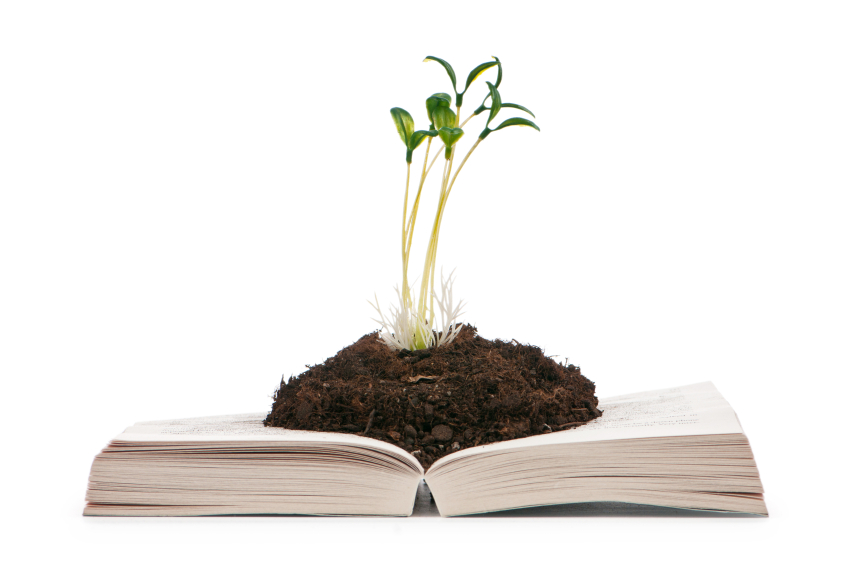
School gardens are cropping up around the country as multi-faceted experiential learning labs. With the increased emphasis these days on high-stakes testing and data collection, many educators are looking for more innovative ways to present subject matter that balances academic achievement with fostering a love of learning. Research and common sense agree that the best learning environments include a variety of verbal, written, and hands-on activities for each lesson. Although new technology is playing a vital and growing role in modern education, many professionals are also seeking ways to connect students back to their environment, and instill greater life skills and a sense of community in their classrooms. Many of these skills, once taught at home, seem to be left more and more to schools.
What can you teach in a school garden? What can’t you teach? Most obviously, school gardens are perfectly suited to science curricula. Units such as: seed germination, plant parts, life cycles/metamorphosis, the water cycle, habitat, temperature, weather/climate, and environmental science can all be explored. Students can practice scientific inquiry and higher-order thinking in a live setting. What’s more, if they bring their harvest back to the classroom to cook, they can explore the wonders of kitchen science.
Math is another natural fit for school gardens. Designing, prepping, and planting garden beds affords a lot of measurement practice; as does weighing the harvest. Cooking from the garden lends itself to lessons of capacity, volume, and an exploration of fractions through measurement.
Since much of all culture is centered around food, deciding what to plant, how to plant it, and how to prepare the bounty can open up infinite possibilities for social studies and multi-cultural exploration. Lesson on native foods, natural resources, early agriculture, cultural celebrations, spice trade, and traditional methods of preparing and preserving foods can all be taught in school gardens. For older students, discussions on food policy and food justice unfold as students develop a deeper understanding of where food comes from and how it makes its way to our plate.
Although Language Arts may seem like a less-obvious fit for the garden, the natural world has always been a source of inspiration for poetry and creative writing. It can also be a soothing environment for reflection or for read-aloud time. In fact, there is no end to the supply of books of every genre about gardening, food, and cooking to inspire readers of all ages.
Alongside lessons in core academics, gardening teaches vital life skills. One of the most exciting things about engaging youth in school gardens is the way it develops an appreciation of the natural world and a sense of interconnectedness that children may not experience in other areas of education. Planting a garden requires teamwork, patience, and perseverance. Caring for a living thing, watching it grow and thrive, and reaping the harvest teaches respect, pride, and commitment. Although these skills are rarely tested, or recorded, these are the lessons that will stick with students throughout their lifetime. For more information on how to start a school garden or how to incorporate garden lessons into your classroom, check out these resources:
- Edible Schoolyard
- Life Lab
- National Agriculture in the Classroom
- USDA Team Nutrition School Garden Resources
For more school garden resources, click here!
Contributor
April Neujean, Cornell Cooperative Extension of Jefferson County
